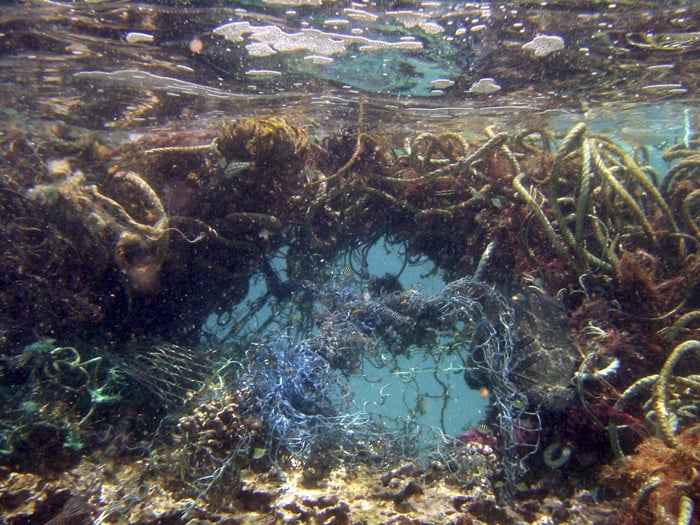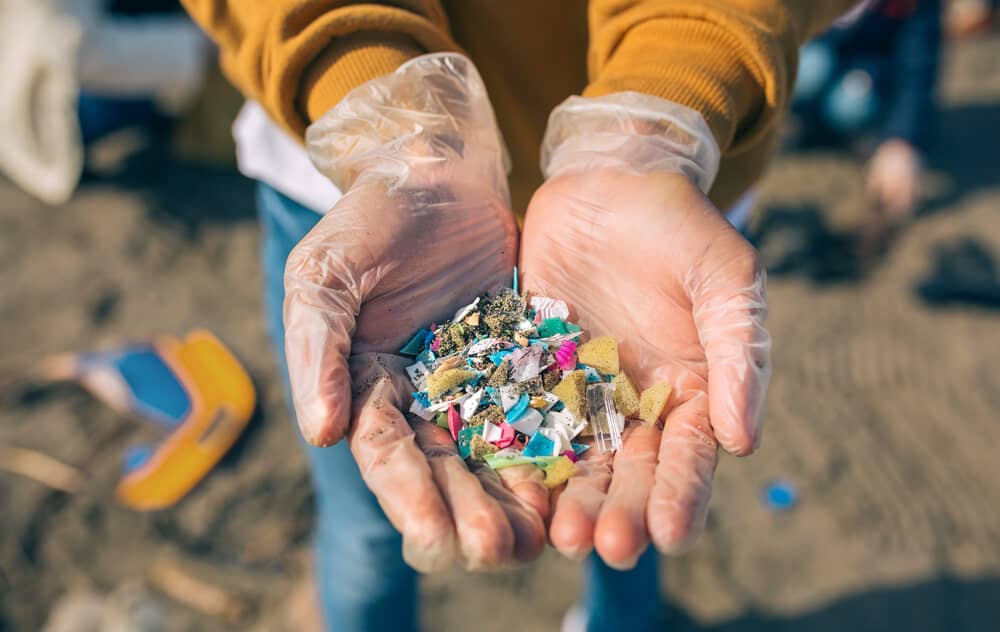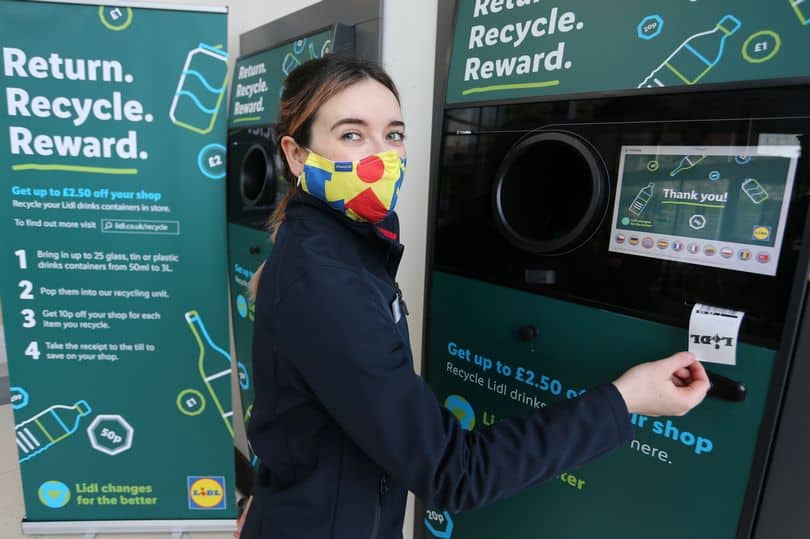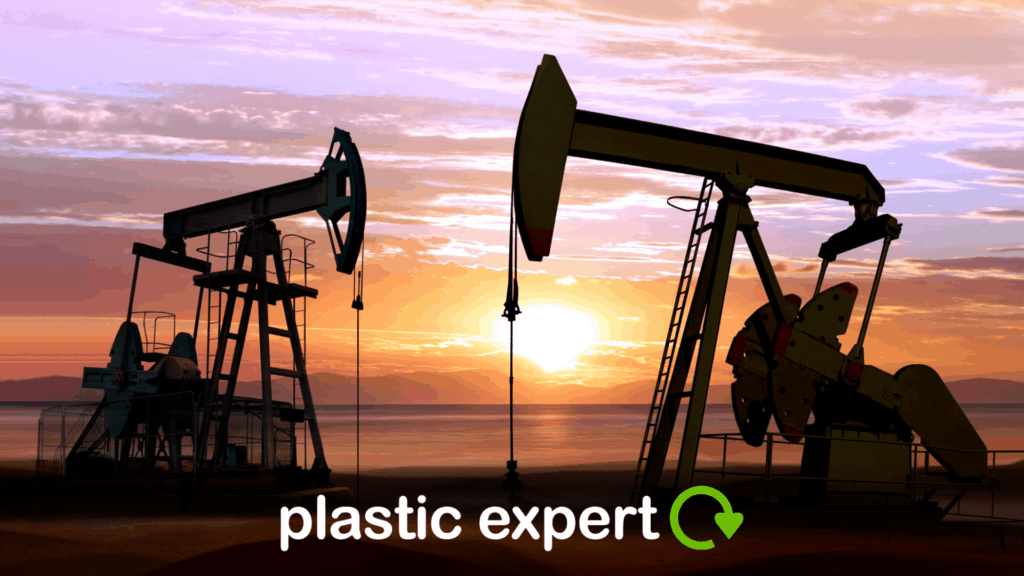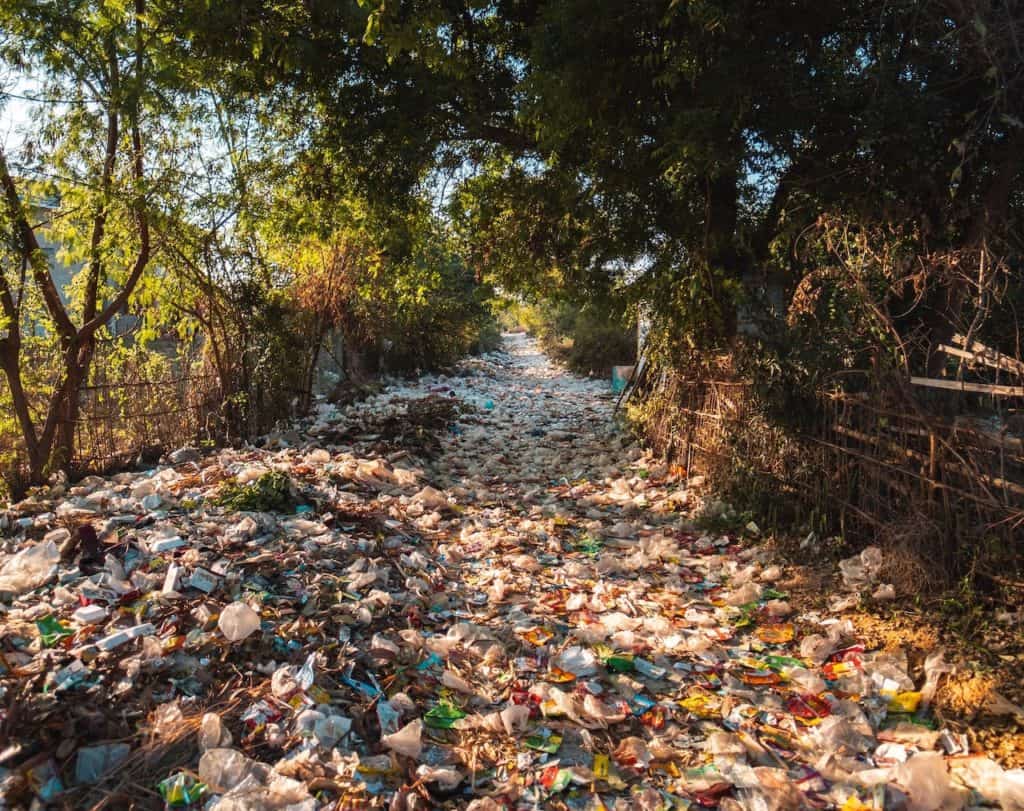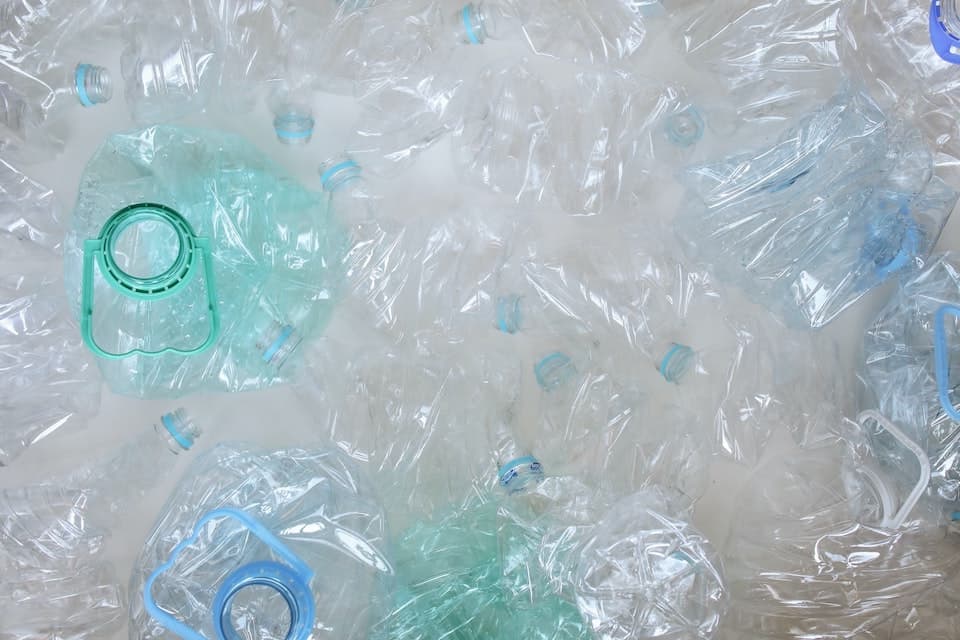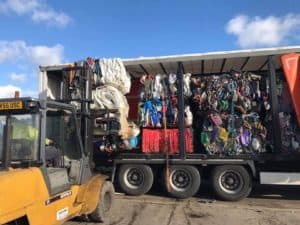A mess of earthly proportions
We spoke last year about one of the world’s most controversial ocean build ups of plastic, the Great Pacific garbage patch. For quite a while now, every media outlet going seems to have made some sort of report about ocean micro-plastic, with everyone stating how awful it is, and how many sea creatures are losing their lives. What isn’t being asked enough is ‘can it be reversed?’.
MICROPLASTIC BEACH
Predicted in 1988 and confirmed in 1997, the Great Pacific garbage patch has been growing year on year, and was confirmed last year to have begun forming into floating islands, harbouring sea life and potentially birds too. The islands were forming in conjunction with detritus consumed and swept away in the 2011 Japanese tsunami.
In 2014 a report surprisingly said that there was less plastic in the ocean than first thought, and that the amount of plastic was actually decreasing. We can think of three reasons this is occurring. Firstly, it gets washed up on beaches, secondly it breaks down into a tiny size that is barely recognizable and thirdly, 35% of sea creatures have ingested micro-plastic in their lifetime.
There are only two ways to fix the problem, clean it up or prevent it from happening.
19 year-old Dutch engineering student Boyan Slat has designed one of the most promising solutions to cleaning up the ocean, and encouraging recycling plastics. The Ocean Cleanup Array is a network of floating processing platforms that collect and store detritus. They are environmentally friendly and have the potential to collect 20 billion tonnes of plastic waste from our oceans. Read more about Boyan’s invention here.
Ocean clean-ups are not simple by any stretch of the imagination. Organising the machinery, transport, facilities and even the science to detect and collect micro-plastic would be an almost impossible task. Combine this with the realization that any prospective clean-up would collect and kill plankton (the most popular marine meal) and you can see why it’s not realistic.
Perhaps prevention is the way forward. By creating a formula to measure where ocean waste is coming from, it could be discovered who is polluting the most, both in terms of quantity and as a percentage of their total waste. Emerging nations with poor recycling and waste management facilities will likely dump a lot of their waste in the oceans, so investment must take place in these areas. Larger nations should know better, but are still managing to get away with it, so alternatives and education must be enforced. Some are saying the solution is to stop using so much plastic and find different materials that can do the same job.
Not just the Great Pacific garbage patch
Scientists on Scotland’s Isle of May, North of the Berwick coast, have discovered an alarming number of puffins are dying from ingesting plastic that is mistaken for food. The puffins have been killed by the ‘nurdles’ or pellets of plastic that are small and round in appearance. The chemicals in the plastic are poisonous to the puffins, and if they are not killing them, they may be damaging their organs in a way that could prevent reproduction. With mating season approaching, that is a disaster.
Researchers in the Mediterranean have expressed their horror at a patch of 1,000 tonnes of rubbish floating in the Med. It is estimated that there could be a total amount of over 3,000 tonnes. Because of the biological richness of the area and the amount of people who eat seafood from the sea, this is a very worrying prospect. Fish, turtles, birds and whales were the first known creatures to be found ingesting plastic in the area, but now oysters and mussels are suffering too.
More than 80% of plastics in the Mediterranean are micro-plastic, meaning they are smaller than 5mm in length. These pieces are the most damaging to wildlife and the most difficult to clean up. This could be significant to the economies of cities that lie on the Mediterranean, with fishing a hugely popular industry. Sadly though, it is the careless waste procedures of those along these coastlines that are most likely to blame for the plastic build up.
So, could this epidemic be reversed? That’s not for us to decide, it’s for the world to attempt.

